|
After Barcelona, the next city I visited was Gothenburg, Sweden- located in the far north of Europe called. In Gothenburg, I gave a lecture with Engineers Without Boarders, saw many innovative sustainable technologies, and also took the time to see some real Swedish death metal (Katatonia and Tribulation) at a local venue called the Pustervik.
My journey to Sweden marked my first ever invitation to give a lecture in which I was reimbursed for my travels. Perhaps this means that Sweden marks that day in which I officially became a ‘professional’ lecturer. Anyway, I was invited by an individual I met at EU-ISMET in Rome, Italy only a few weeks ago. Nafis Faud is an Indian student and member of Engineers Without Borders that is studying microbial electrochemistry at Chalmers University with Oskar Modin.
Chalmers University had a very simple layout- with a centralized student union surrounded by research facilities and lecture halls. The University is involved in many public service projects and experiments which directly involve the students of the university as they live their daily lives. Here, I highlight three: HSB Living Lab, ElectriCity, and GoBiGas.
HSB Living Lab
HSB Living Lab is a modular living community built on the Chalmers University campus. This facility it built to be easily changeable and adaptable to suit the needs to visitors and to make infrastructure easily adjustable based on the needs of the inhabitants. Currently, the building can accommodate up 40 people living in 29 flats. Life in this living lab is completely monitored so that the researchers can learn about the habits of people living in large housing communities. (It's like the Restaurant of the Future in Wageningen only HSB Living Lab monitors your whole life!) The end goal is that researchers and engineers will be able to adjust the building to the needs of the inhabitants to develop optimized and sustainable living conditions. See the video below for more information.
ElectriCity
ElectriCity is a completely electric public transportation system that has been in use in Gothenburg, Sweden since 2015. This public transportation system was developed with Volvo- an automobile manufacturer which started in Sweden. However, the electric bus system is not limited to Volvo manufactured vehicles since the modules to make the buses electric can be installed on buses manufactured by other companies as well. These buses provide exhaust free and quiet transportation within the city, can fully recharge in 3-6 minutes, and are up to 80% more efficient than traditional diesel buses. Earlier in 2016, ElectriCity was highlighted in a United Nations report titled "Mobilizing Sustainable Transport for Development" as an innovative collaboration in the field of new, clean public transport.
GoBiGas
Concerned that electric energy is not necessarily ‘clean energy?’ Well, so is Sweden which is why they are also working on a project to develop energy from wasted biomass by converting it to syngas and eventually methane. In other words, waste from agriculture and forestry is converted from grass and wood bits into clean natural gas which can then be used to feed the grid and eventually power things like exhaust free public transportation. When the project is completed within the next year, 65% of all agricultural waste will be converted to biogas at 90% efficiency. This process is similar to conversion of waste happening in the United States of America which was highlighted in an earlier ScienceTheEarthBlog. You can also learn more about syngas byreading this scientific article.
From the Chalmers website:
"Gothenburg Biomass Gasification Project, GoBiGas, is the name of Göteborg Energi's large investments in biogas production by gasification of biofuels and waste from forestry. The GoBiGas biogas project is about producing biomethane (Bio-SNG) by thermal gasification of forest residues as branches, roots and tops. The biomass is converted to a flammable gas in the gasification plant. This so-called synthesis gas is purified and then upgraded in a methanation plant to biogas with a quality comparable to natural gas to enable the two types of gases to be mixed in the gas network, until the natural gas is phased out. Since biogas is produced from renewable sources this does not contribute to increasing emissions of carbon dioxide as fossil fuels do. Göteborg Energi cooperates in particular with Chalmers University of Technology and has invested in a research facility for the indirect gasification constructed together with an existing biofuel boiler, built with CFB technology."
At Chalmers, I also visited the laboratory of Oskar Modin where I saw two different kinds of reactors. The first was the microbial electrochemical cell (MXC) of Soroush Saheb Alam. His MXC was composed of a very long carbon fiber anode. Along the carbon fiber anode was a series of smaller modular carbon fiber anodes that were attached to the central anode. The beauty of the design is that the modular anodes can be removed throughout the experiment while leaving the central anode and the remaining modules intact. This allows for the researcher to observe the microbial community on the anode without sacrificing the entire anode- enabling us to observe the changing community dynamics of the biofilm over time.
The other reactor was using bacteria that formed biofilms on granules to remove nitrogen from wastewater. This is a common practice inbiological nutrient removal (BNR) and nitrogen removal. Three parallel experiments are sparged with O2 and mixed at different levels to find an optimal treatment for nitrogen removal. If you would like to learn more about nitrogen removal- check out what’s going on in Spain and Switzerland! Engineers Without Borders
I was invited to give a seminar as part of a fulfillment of the Engineers Without Border’s mission: “Engineers Without Borders is a non-profit, politically and religiously independent organization with engineering and science, entrepreneurship and project expertise intended to contribute to a better world. Engineers Without Borders carries out volunteer projects in the world, seminars in Sweden and inspires young people to become engineers.” This lecture also marked the second time I was asked to talk about philosophy as it relates to engineering rather than the hard science itself. (You can read about my underlying message in my post about Barcelona, Spain.) There was a huge student turn-out and a lot of very insightful questions about how to define science, how to give our research place within the global community, and how to find purpose in our actions as scientists and engineers.
If you would like to learn more about Engineers Without Borders or get involved in one of their projects, please visit their website!
For two nights in a row, Swedish death metal shows were occuring at a local venue called Pustervik concert hall. You can see pictures of the venue and the concerts below. For each band, I recorded a segment of their set and you can download a sneak peak of their music.
For those of you just joining the ScienceTheEarth fanbase, music is a big part of my life and thus I have seen several musical acts along the way. Be sure to check out some of the other concerts I've attended along the way including NOS Alive, Kraftwerk, The Girl Who Cried Wolf, Dmitri Ouvaroff and Lucia Bistritskaya, and Mars Red Sky.
Nafis and I visited a local seafood market called Feskekorka (above) and I also found all kinds of interesting, sometimes funny, and sometimes unfortunate foods (below).
Also, in typical European fashion, Gothernburg is full of beautiful cathedrals and historical monuments (below).
0 Comments
|
Science /ˈsīəns/
|

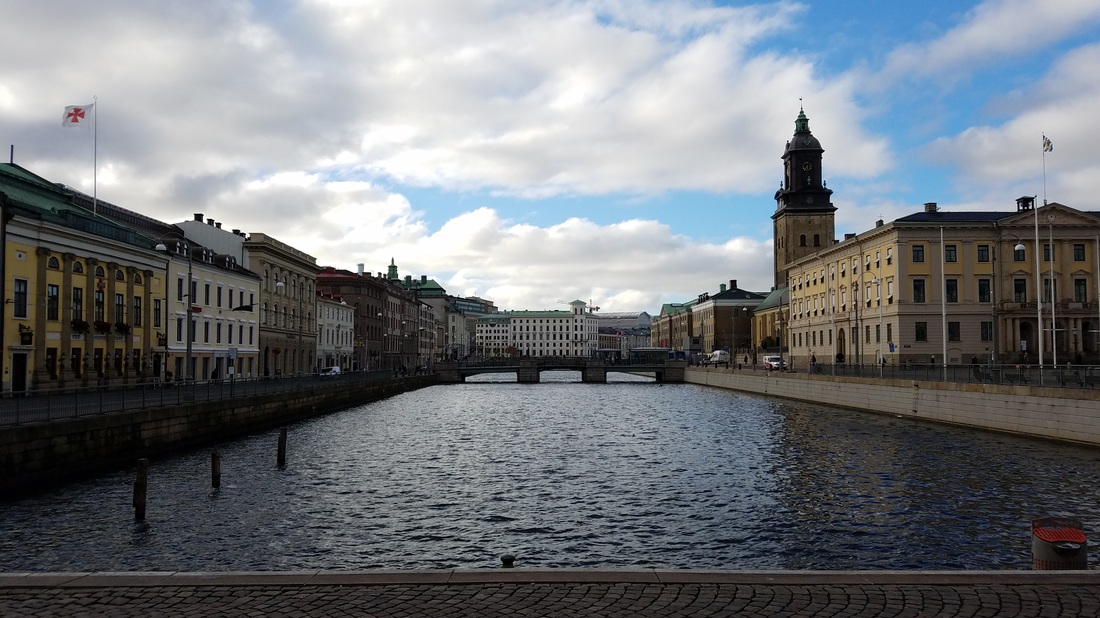
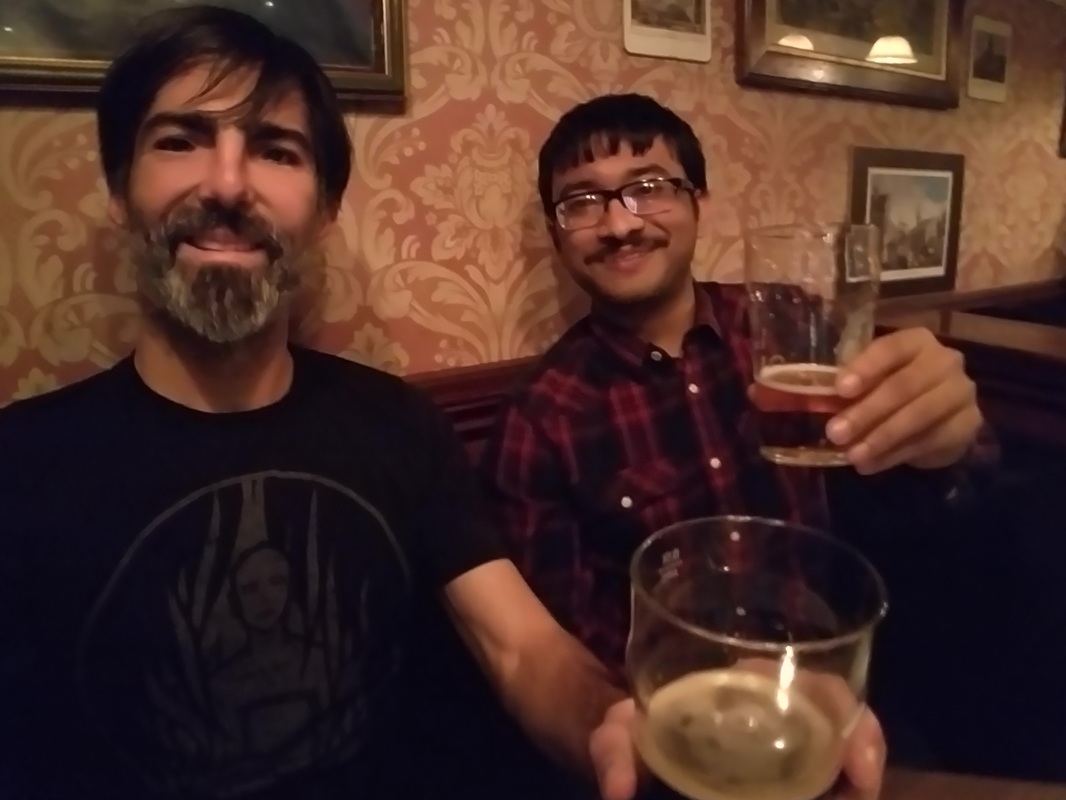
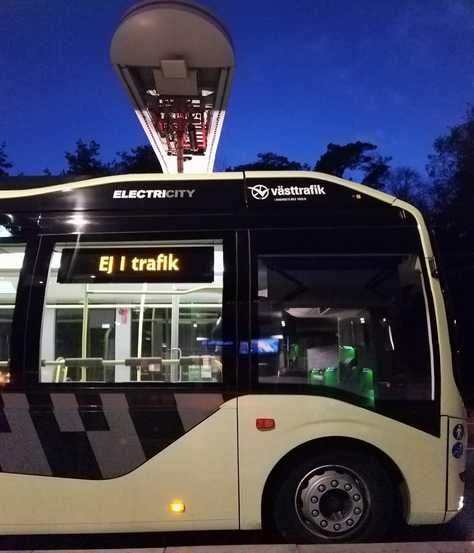
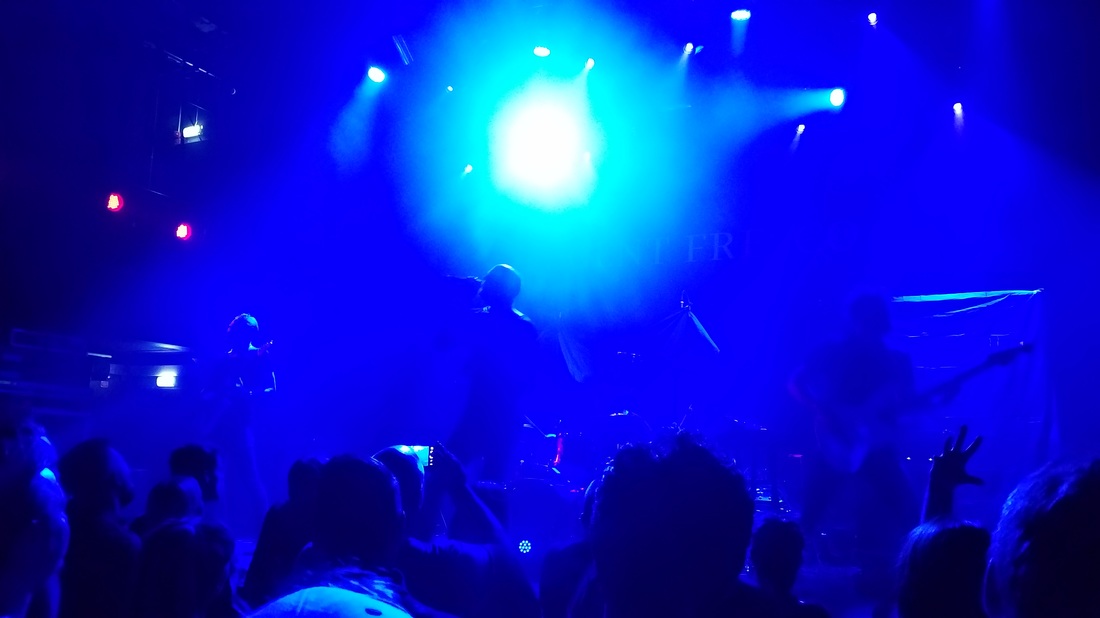
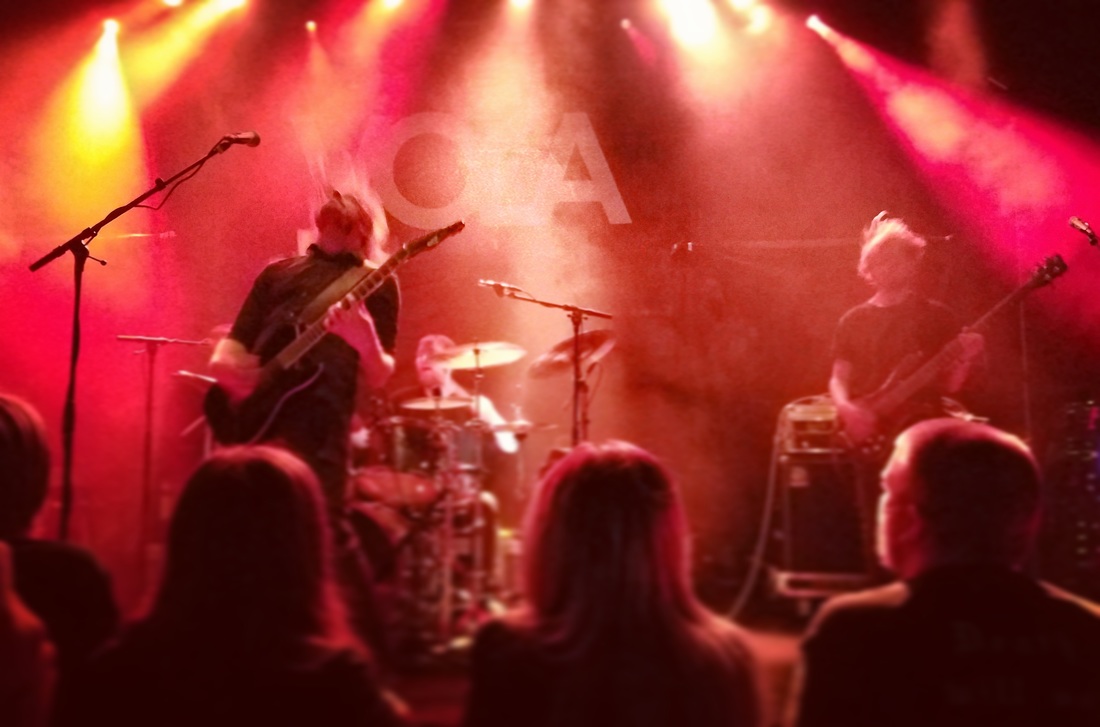
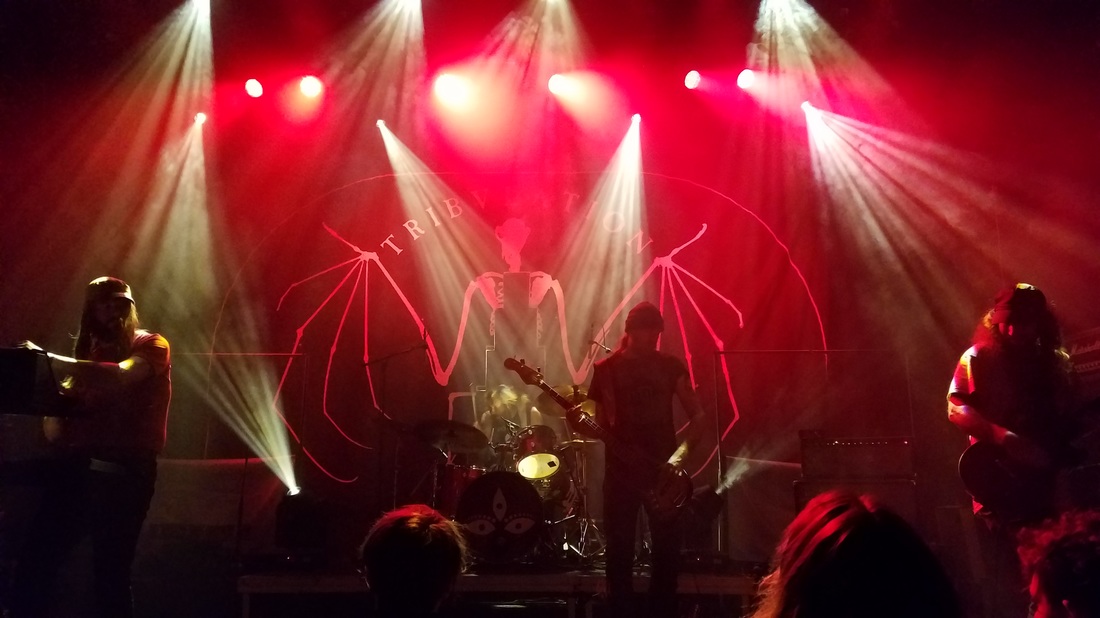
 RSS Feed
RSS Feed